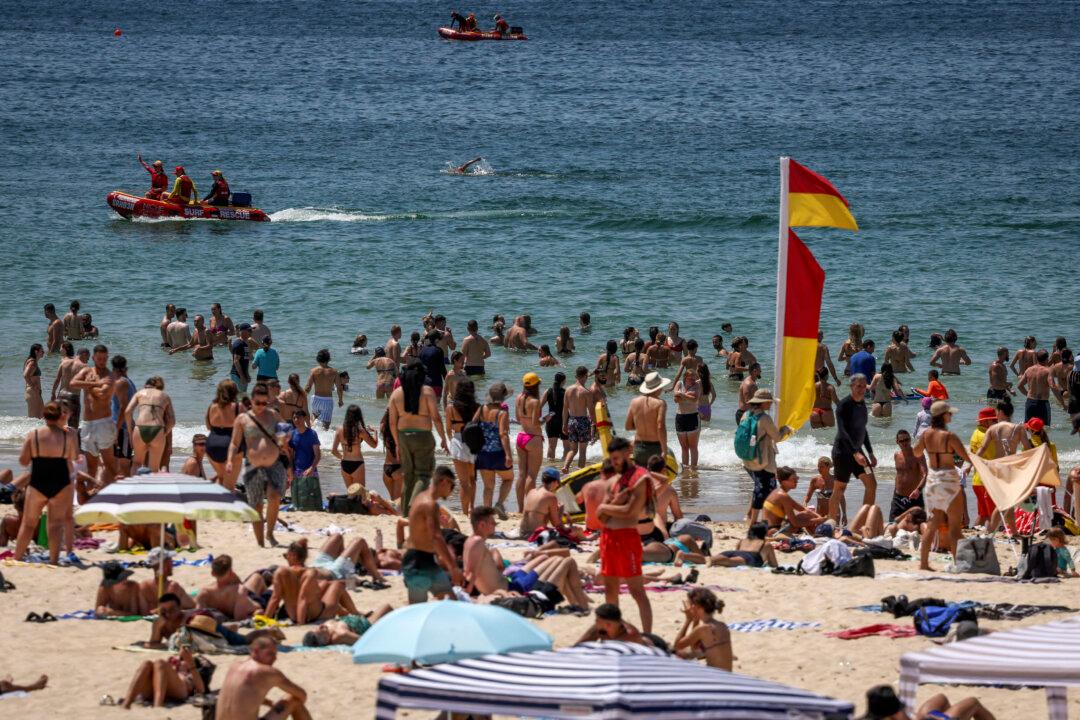Australia has seen a 24 percent increase in drowning incidents this summer compared to last year, with fatalities expected to surpass 100 by the end of February, signifying one of the worst summers for holidaygoers and families.
The report follows a tragic event on Jan. 24, where four people lost their lives after being caught in a rip at Forrest Caves Beach, marking the deadliest drowning incident in Victoria in two decades.





